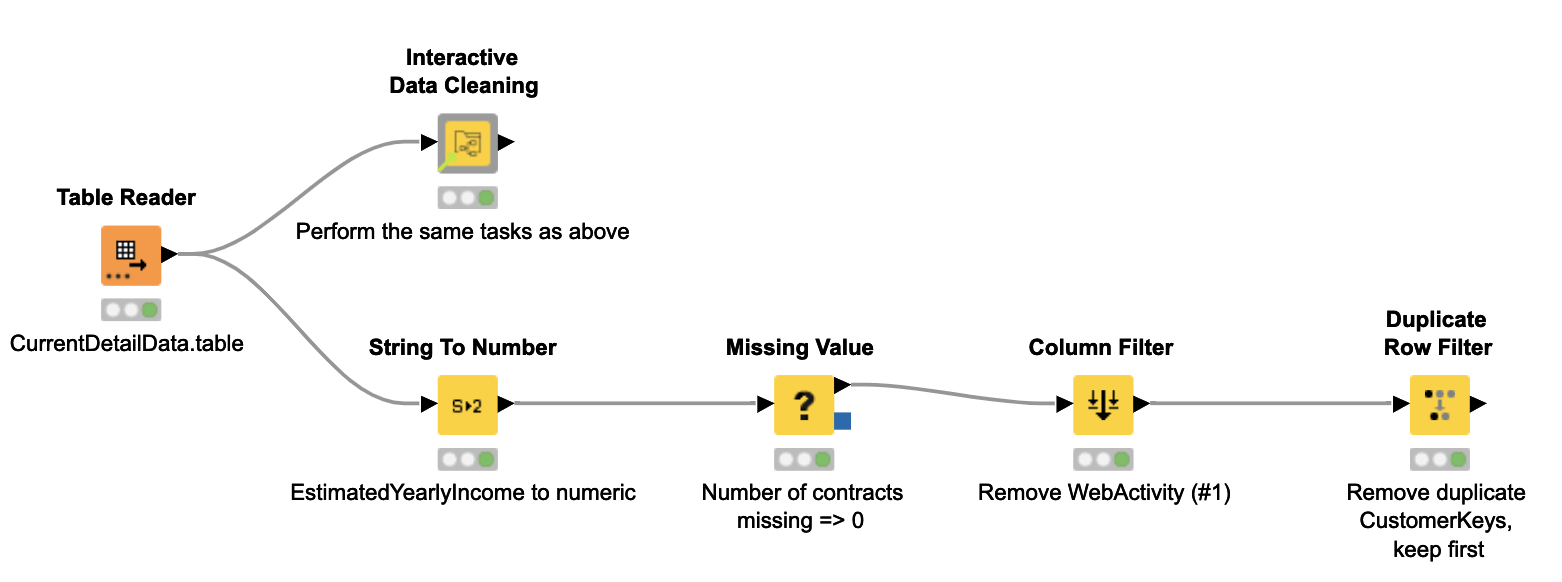It’s been said that Marketing is half-science, half-art. Yet when your team is spending weekends cleaning CRM data and combining .csv files, it feels like neither.
Despite working with data every day, marketers often don’t have the right tools or the training to work efficiently and creatively. As a 2021 Hubspot report indicated: “The great irony of marketing automation is that it’s manual. Marketers write all the rules. They build the plans, produce the creative, run the promotions, personalize the experiences and analyze the performance. Traditional marketing is all human, all the time.” For this reason, many marketing leaders are investing in building up analytics competency on their teams – a focus that Gartner contends is necessary for Marketing to continue to remain a high-value function in the organization.
But with a vast analytics landscape, CMOs have a tough choice to make: Should their Marketers invest in a analytics tool training that might become obsolete in a few years, or – should they spend several quarters learning the basics of Python?
No-code/low-code data analytics platforms, like KNIME, offer the flexibility of a scripting language without the steep learning curve. Marketers can automate tedious spreadsheet work and data analysis tasks, without any coding, independent of IT or resource constraints–all while learning more advanced data analysis techniques.
No-Code as a Stepping Stone Toward Sophisticated Data Analysis
The free and open source KNIME Analytics Platform lets a user drag and drop nodes onto a page and connect them together to create a data flow–or a process of what happens to data, sequentially.

As an example, let’s suppose you’re extracting campaign cost data and combining it together with sales opportunity performance from SDFC. Using spreadsheets, that’d mean you’re extracting the .csv from LinkedIn (and any other sources that you have), removing unnecessary columns in your spreadsheet program, exporting your SDFC .csv file, removing unnecessary columns, updating columns that match, and then combining the two spreadsheets (hopefully, correctly). Then, of course, doing any sums, averages or other data manipulations that you need. Next month, you’re doing it all over again.
In a no-code platform like KNIME, a marketer is designing a process that they can re-run at any time. They use a connector node to connect to Salesforce, a connector node to connect to LinkedIn, a couple nodes that clean and connect the data, and some visualization nodes to create a report on spending. Once the process is designed, they can choose to run it every month by pressing “execute,” or they can automate report creation. Putting together a report twelve times a year, year over year, is now reduced to just once.
Tip: Learn how teams transition from spreadsheets to workflows with our hands-on guide: From Excel to KNIME.
Learning to model data processes and automate report creation takes most people about three weeks. Once most of their existing data processes are automated, marketers will be ready to push into more advanced analysis methods. In less than a year, marketers can even start learning to work with big data and techniques like text mining, doing advanced modeling for subjects like topic detection and sentiment analysis.
In the short term, your team will move away from ad-hoc analyses and free up their work days for more of the science and art of marketing:

In the long term, your team will start developing bespoke competitively differentiating tools that will drive better ROI on their campaigns.
Comparing No-Code/Low-Code to Other Analytics Approaches
The data analytics landscape has thousands of tools, all with their distinct tradeoffs. Leaders need to find balance between the current needs of the team and the long-term implications of what they learn.
Below, find a comparison of your choices:

If you have short-term goals that need to be addressed with spreadsheets or a script, that may be the right approach in the intermediate term. If, however, you’re looking to build up a data analytics competency in the long term, give your marketers a tool that is as flexible and robust as a programming language, without the learning curve.
How to Start with KNIME
KNIME Analytics Platform is free and open source – anyone on your team can download and start learning it with no strings attached or limitations. Our recommendation is for the team to start with a real-life project that is a significant point of dread – like combining data for monthly-end reporting.
Over the last ten years, the community has developed hundreds of learning resources for teams to get started:
-
Self-paced courses are free and available to everyone
-
Instructor-led courses, with a data scientist at your side to answer questions
-
KNIME’s community hub with 9000+ solution blueprints
Start by putting these resources into your team’s hands, and, when you’re ready, contact KNIME to learn about how to scale & operationalize your data analyses.
